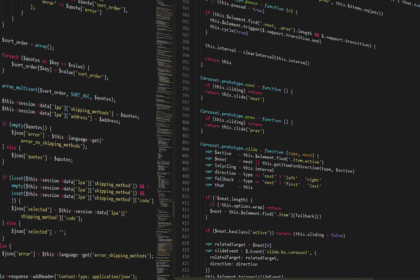Alt-schooling is flipping the script on traditional classrooms, giving Gen Alpha the reins to their own learning journey 😊
Alt-Schooling: The Rise of DIY Education for Gen Alpha
✏️ What Is Alt-Schooling?
Alt-schooling covers DIY education models—from microschools and learning pods to unschooling and hybrid setups. Instead of a fixed curriculum, kids steer their own learning based on interests and passions. Think John Holt’s unschooling philosophy brought to life: no tests, no grades, just pure curiosity-driven exploration.
🚀 Why Gen Alpha Is Driving DIY Education
Gen Alpha, born into touchscreen tech and TikTok tutorials, craves flexibility. After pandemic shutdowns, parents and students realized home-based, interest-led learning can beat standardized boredom. On TikTok alone, #unschooling racked up over 30,000 posts, showing that self-directed learning is trending hard 📈.
🔍 Alt-Schooling Models to Know
- Microschools: Small cohorts (5–15 kids) with mixed ages, project-based curriculum and a mentor at the helm.
- Learning Pods: Groups of families pooling resources, rotating teaching duties or hiring tutors.
- Unschooling: Zero formal curriculum—kids follow passions, from backyard biology to robotics labs.
- Hybrid Homeschooling: Blend of online classes, co-ops and occasional classroom days.
📚 From Montessori to Micro: A Brief Timeline
- 1907: Maria Montessori pioneers child-centered instruction.
- 1970s: John Holt coins “unschooling,” arguing for freedom in education.
- 2000s: Rise of charter schools and microschools in urban hubs.
- 2020–2022: Pandemic sparks DIY learning pods and hybrid models nationwide.
🎯 Benefits and Challenges
Benefits
- Deep engagement: Kids learn what they love, not what’s mandated.
- Flexibility: Schedule adapts to family life and a child’s natural rhythms.
- Real-world skills: From coding apps to building birdhouses, learning happens by doing.
Challenges
- Socialization concerns: Parents worry about peer interaction outside pods.
- Regulatory hurdles: Homeschool laws vary state to state.
- Resource gaps: Not every family can afford tutors or tech setups.
🗣️ Social Media Reactions
“So definitely look at what options you have. Mainstream school is not for everyone 😌 changing schools alone won’t fix underlying issues.” — Reddit user u/learnaholic
“YES. More quality alternative schools would be a tremendous help—not just for alt kids but for the rest of us too 👏” — X user @EduRebel
“Gen Alpha is cooked x.x I would never have DREAMED of talking back to a parent like kids do now 🤯” — TikTok @edutrendwatch
🌟 How to Start Your Own Alt-Schooling Journey
- Research models: Visit co-ops, attend info sessions, read up on unschooling via the Alternative education page on Wikipedia.
- Check local laws: Each state has different homeschool requirements.
- Build your community: Connect with other parents in Facebook groups or local meetups.
- Set goals: Define outcomes—critical thinking, creativity, life skills—not just grades.
- Iterate: Survey your child’s interests quarterly and adapt your plan.
For deeper inspiration on nontraditional teaching methods, check out our feature on innovative teaching methods transforming classrooms—it’s a game-changer.
🤔 Conclusion
Alt-schooling isn’t just a pandemic fad; it’s a cultural shift. By handing the learning reins to Gen Alpha, we’re witnessing a renaissance of DIY education—microschools, unschooling, and hybrid models that champion curiosity over conformity. As these kids grow up, they won’t just have degrees; they’ll have passion-powered portfolios and real-world grit.
FAQ
Q: What is alt-schooling?
A: Alt-schooling refers to various DIY education approaches—microschools, pods, unschooling and hybrid homeschooling—where learners guide their own curriculum based on interests.
Q: How does DIY education benefit Gen Alpha?
A: It boosts engagement, fosters creativity, and builds practical skills by letting kids learn through real-world projects rather than rote memorization.
Q: Is alt-schooling legal?
A: Most alt-schooling models operate under each state’s homeschool laws. Requirements—like record-keeping or periodic testing—vary widely by region.
Q: How do I choose the right model for my child?
A: Start by identifying your child’s learning style and passions. Then explore local co-ops, interview microschool founders, and weigh cost versus structure.









